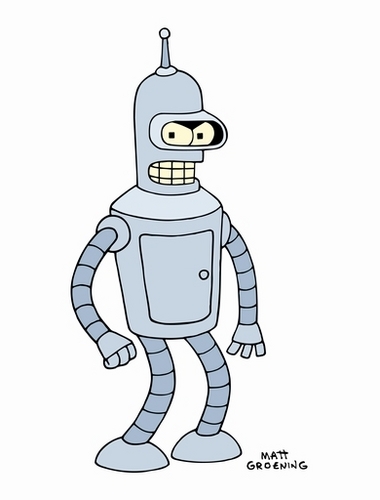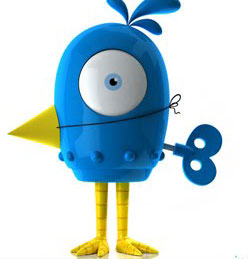References
Chu, Zi, Gianvecchio, Steven, Wang, Haining, & Jajodia, Sushil. (2010). Who is tweeting on Twitter: Human, bot, or cyborg? In Christoph Schuba (Ed.), Proceedings from the 26th annual Computer Security Applications Conference (pp. 21–30). Austin, Texas. Retrieved from http://citeseerx.ist.psu.edu/viewdoc/download?doi=10.1.1.296.2901&rep=rep1&type=pdf#page=37
Cooper, Joy A. Palmer. (Ed.). (2016). Eugenio María de Hostos. Routledge encyclopaedia of educational thinkers. New York, NY: Routledge.
Giles, Harry. (2016, April 6). Some strategies of bot poetics. Harry Giles [blog]. Retrieved January 10, 2017, from https://harrygiles.org/2016/04/06/some-strategies-of-bot-poetics/
Hwang, Tim, Pearce, Ian, & Nanis, Max. (2012). Socialbots: Voices from the fronts. Interactions, 19(2), 38–45.
Jakobson, Roman. (1960). Closing statement: Linguistics and poetics. In Thomas Albert Sebeok (Ed.), Style in language (pp. 350–377). Cambridge, MA: MIT Press.
Lakoff, George, & Turner, Mark. (2009). More than cool reason: A field guide to poetic metaphor. Chicago, IL: University of Chicago Press.
Neyfakh, Leon. (2014, January 24). The botmaker who sees through the Internet. The Boston Globe. Retrieved January 10, 2017, from http://www.bostonglobe.com/ideas/2014/01/24/the-botmaker-who-sees-through-internet/V7Qn7HU8TPPl7MSM2TvbsJ/story.html
Parrish, Allison. (2015). @everyword: The book. New York: Instar Books.
Sample, Mark. (2014, May 30). A protest bot is a bot so specific you can’t mistake it for bullshit. Medium. Retrieved January 10, 2017, from https://medium.com/@samplereality/a-protest-bot-is-a-bot-so-specific-you-cant-mistake-it-for-bullshit-90fe10b7fbaa#.o8y52uz7q
Turing, Alan M. (1950). Computing machinery and intelligence. Mind, 59(236), 433–460.
 Home
Home Interview
Interview References
References About
About KairosHotBot
KairosHotBot